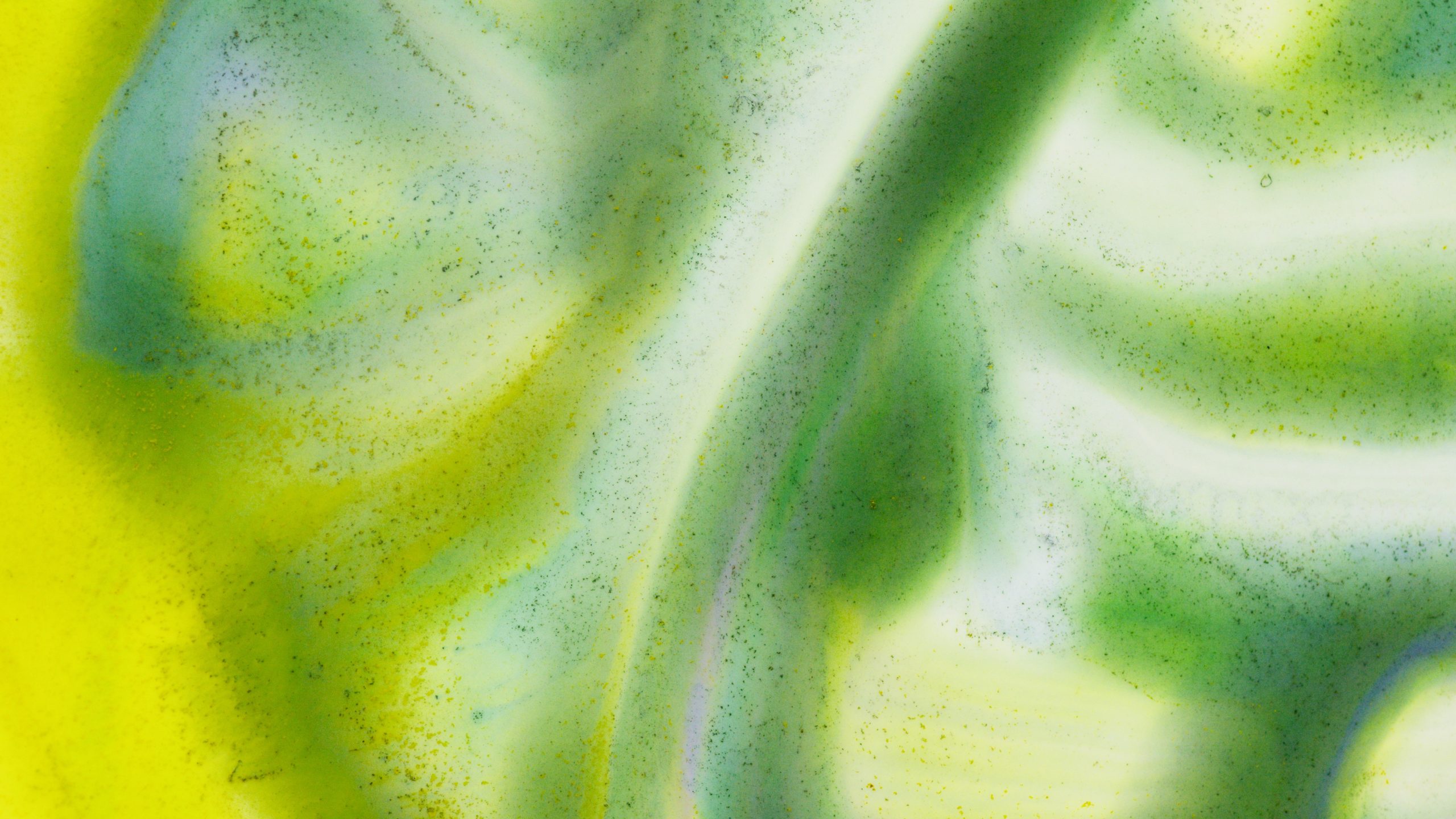
09 Aug Transitions
Prakrti & The Gunas
Yoga philosophy holds that all things in nature (nature: prakrti) are in a constant state of change. Specifically, this system says that everything is a mix of the three gunas with the proportions arranging and rearranging forever.
The three gunas are rajas, tamas, and sattva. To put it simply, rajas is activity and movement, tamas is lethargy and heaviness, and sattva is lucidity and clarity. One moment you might be running a mile a minute, hyperactive and bustling about (more rajas at play) and the next you might crash and find it difficult to overcome inertia and pull yourself off the couch (more tamas at play.)
Rajas and tamas pull us off center and distract us from the lucidity of pure consciousness. Yoga practices are meant to maximize sattva in the practitioner, bringing you as close as you can get with your mind to pure consciousness itself (your purusa, the only thing that isn’t prakrti and thus, purusa is not a mix of the gunas).
All three gunas are necessary and all three together are the elemental components of everything in nature. Like in physics how matter breaks down to atoms, in the yoga system all of nature (including the mind) breaks down to the three gunas. The gunas are always in movement.
Why am I telling you all this? Because I want to remind you of the importance of transitions.
Transitions
Everything around us, including us, is in a constant state of change. (Minus your purusa, of course.) I’m sure you know that trying to keep things from changing and/or gripping tightly to the ways things were can bring about strife and suffering that could be avoided without such attachment. I’m sure you also know that this is easier said than done.
Life is marked by the high points and low points. Because unusual and extraordinary things stand out in our memory, it might seem like we’re waiting for the other shoe to drop, or the next big thing. The truth is, most of life happens in the in-between moments, the mundane daily comings and goings that comprise your week, your month, your year.
Think about it like music notes. The notes we hear are important, but it’s the space between the notes that create the melody we dance to. The transitions are key. Minding the transitions generate more presence and flow in our daily lives.
Exploring Transitions in your Asana Practice
Transitions show up a lot in a yoga asana practice. You do posture after posture (the high points, or the music notes), but how did you get into the pose and how do you come out of it? What could tending to these transitions teach you about the way you move into and out of things in your regular life? What is there to learn about the way you move, or the time you take, or the quality of attention you give?
You practice can be a ground for compassionate self-reflection and for experimenting with and practicing new ways of doing things, as well.
One last example: What does it feel like to get into savasana as your last pose during practice, and how does it feel to sit up off the floor when you’re all done? Do you tend to pop right up afterward and get on with your life like nothing happened, on to the next chore? How might it feel to more intentionally mind the transition between one activity and the next? Could you allow the shift it to be gradual, to bleed into the next task in your day?
Nature has few sharp edges. Your inhale transforms into your exhale which transforms into your inhale…what happens in between? Is there anything for you there?
I hope you’ll join me in holding the idea of mindful transitions in your head as you progress through your week. What in-between spaces might you notice by doing so?
